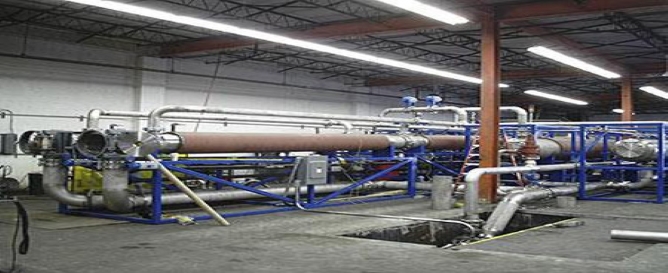Accuracy of Pressure

Cryogenic Storage with Vapor and Liquid Nitrogen
May 21, 2018
Keeping it warm with CO2 Incubators
July 13, 2018General George S. Patton once said that “Pressure makes diamonds.” From a forklift’s hydraulic pressure to the differential pressure of a diving submarine, in many industries pressure measurement is essential to operations and being able to do it accurately is paramount.
The accuracy of pressure classification was not really appreciated until the day it could be put into measurable data. The complete pressure measurement system is established with the first element that will have direct or indirect contact with the procedure where the pressure changes happen and the second element a pressure transmitter that will render the change into quantifiable data used for control, monitoring, and indication.
The accuracy of the transmitter depends on how long the calibration can be maintained. Many times, accuracy is falsely identified as precision, where accuracy is linked with the closeness in value and precision is linked to the dispersion of the subsequent values of measurements in a series.
The calibration involving zero and span adjustment to the pressure transmitter. Accuracy often includes a non-linearity, hysteresis, and repeatability effects. Normally the accuracy is indicated in percent of the calibrated span. The input and output of a pressure transmitter are mostly linear. With the upper range limit being the highest pressure at which the transmitter is set and the lower range limit being the lowest pressure at which the transmitter we set. The span is where the working range of the calibration is done. The Span is the difference between the upper range limit and lower range limit.
Zero Suppression which is the amount where the lower value exceeds the pressure zero value. Suppression happens as the transmitter indicates a level above normal. There is a need to reinforce the liquid column at the transmitter socket where the transmitter is not installed at the same level as its high socket. This type of installation is needed where the transmitter is at a lower level, a practice that simplifies access, visualization, and maintenance. A liquid column is formed with the same height as the liquid inside the impulse socket and the transmitter will indicate a level above normal.
Industrial pressure measurement is essential to operations and being able to do it accurately is paramount. Understanding how to measure pressure and maintaining accuracy is the key to success.

